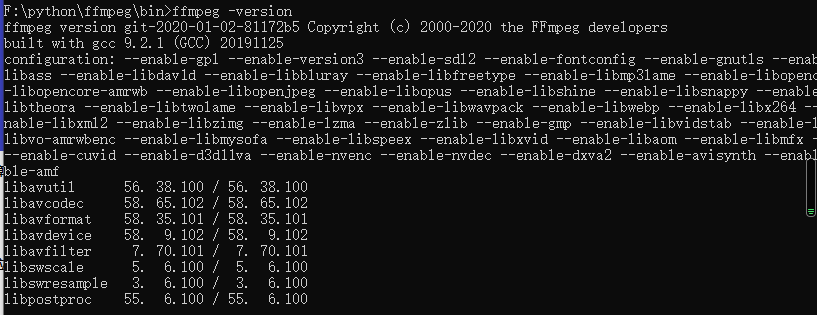


I’ll be using some of the steps here to make the article makes sense in terms of steps. If you’re not familiar with this process, please jump to my previous article and have a look. I know that I talked a lot, let’s start: Compile Resources:įirst thing first, compile your resources. FFMPEG is a binary based tool, which means, it needs to be compiled in the right way to let the OS of the hosted server to understand how to deal with.Īll of us know Lambda limitations and how it could be painful. I used it in a basic way to take smaller versions of the uploaded videos. I used FFMPEG a lot previously, I liked it and the much of benefits that I got from. One of them is to make shorter version of the uploaded media if its a video! COOL, But, HOW?

Hmm, another set of scenarios that I can reduce the billing of retrieving these media. But these are APIs and it follows Serverless structure. Yes, you can cache links on the browser or with CloudFront, if you’re using one. But as a Solutions Architect, I noticed that calling videos all the time to be shown and no one is taking any extra advantage from the calls makes me worried about the billing (S3 call, Data transfer and other small things). If you really like digging in that can of worms, here's the fourcc video codecs list.Last week, I got a new task that I need to make thumbnails for images and videos. mkdir image-sequence image-sequence 0.jpg 1.jpg 2.jpg 3.jpg 4.jpg 5. All the file extensions should be the same too. The name of each image should be a number starting at 0 and counting up. The first parameter is the filename, followed by an integer ( fourcc in the documentation, the codec used), the FPS count and a tuple of the dimensions of the frame. The first step is to create a directory and add your images inside it. You can look up it's documentation in the link of this answer (static) or you can do a bit of digging of your own. It seems that the most commented section of this answer is the use of VideoWriter. Video.write(cv2.imread(os.path.join(image_folder, image))) Video = cv2.VideoWriter(video_name, 0, 1, (width,height)) Images = įrame = cv2.imread(os.path.join(image_folder, images)) I'm attaching below a code snipped I used to combine all png files from a folder called "images" into a video. You could consider using an external tool like ffmpeg to merge the images into a movie (see answer here) or you could try to use OpenCv to combine the images into a movie like the example here.


 0 kommentar(er)
0 kommentar(er)
